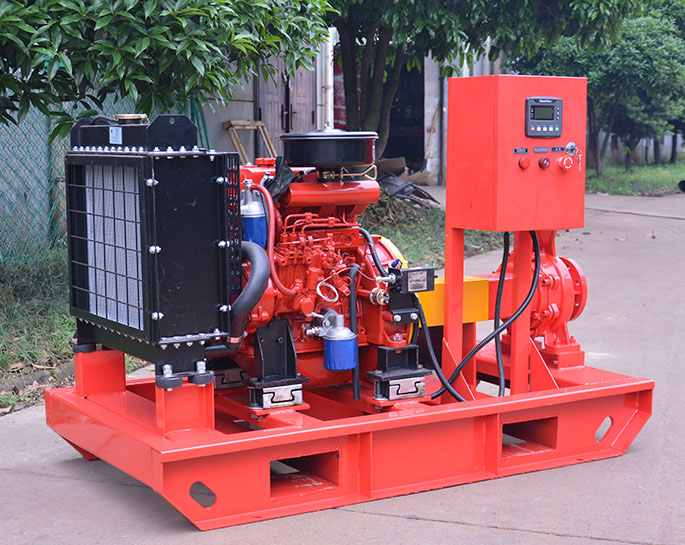What should I do if the fire pump encounters a blockage?
If a fire pump encounters a blockage, it's important to address the situation promptly to ensure the pump's proper functioning during emergencies. A fire pump is a critical component of a fire protection system, and any obstruction in its operation could potentially compromise the safety of a building or facility. Here's what you should do if the fire pump encounters a blockage:
-
Safety First: Before attempting any actions, ensure that you're following safety protocols. If the blockage is causing any immediate danger, evacuate the area and contact the appropriate personnel, such as the fire department or facility management.
-
Stop the Pump: If it's safe to do so, stop the fire pump immediately to prevent any further damage or complications caused by the blockage.
-
Identify the Source: Identify the source of the blockage. It could be debris, foreign objects, or some other obstruction that's impeding the pump's operation. Carefully inspect the pump and the surrounding area to determine the nature of the blockage.
-
Isolate the Problem: If possible, isolate the section of the pump or piping where the blockage is occurring. This might involve shutting off certain valves or disconnecting specific components. Be sure to follow proper procedures and use any necessary protective equipment.
-
Clear the Blockage: Depending on the nature of the blockage, you might need to remove debris, clean out the affected area, or dislodge the obstruction. Use appropriate tools and methods, and be cautious not to cause any further damage to the pump or its components.
-
Inspect for Damage: After clearing the blockage, inspect the pump and its components for any signs of damage that might have been caused by the blockage or removal process. If there's damage, it might need to be repaired or replaced before the pump can be put back into service.
-
Restart and Test: Once you're confident that the blockage has been properly cleared and any necessary repairs have been made, you can restart the pump and conduct a series of tests to ensure that it's functioning correctly. Monitor the pump's operation closely during these tests.
-
Maintenance and Prevention: To prevent future blockages, make sure that regular maintenance is conducted on the fire pump and its associated components. This might include routine inspections, cleaning, and proactive measures to keep debris and foreign objects away from the pump intake.
-
Documentation and Reporting: Keep thorough records of the incident, including the cause of the blockage, actions taken to address it, and any repairs or maintenance performed. This documentation can be valuable for future reference and for compliance with safety regulations.

If you're not experienced with fire pump systems or if the blockage seems complex or potentially hazardous, it's best to involve professionals who are trained in fire protection systems and maintenance. Remember that the safety of personnel and the proper functioning of the fire protection system should always be top priorities.






